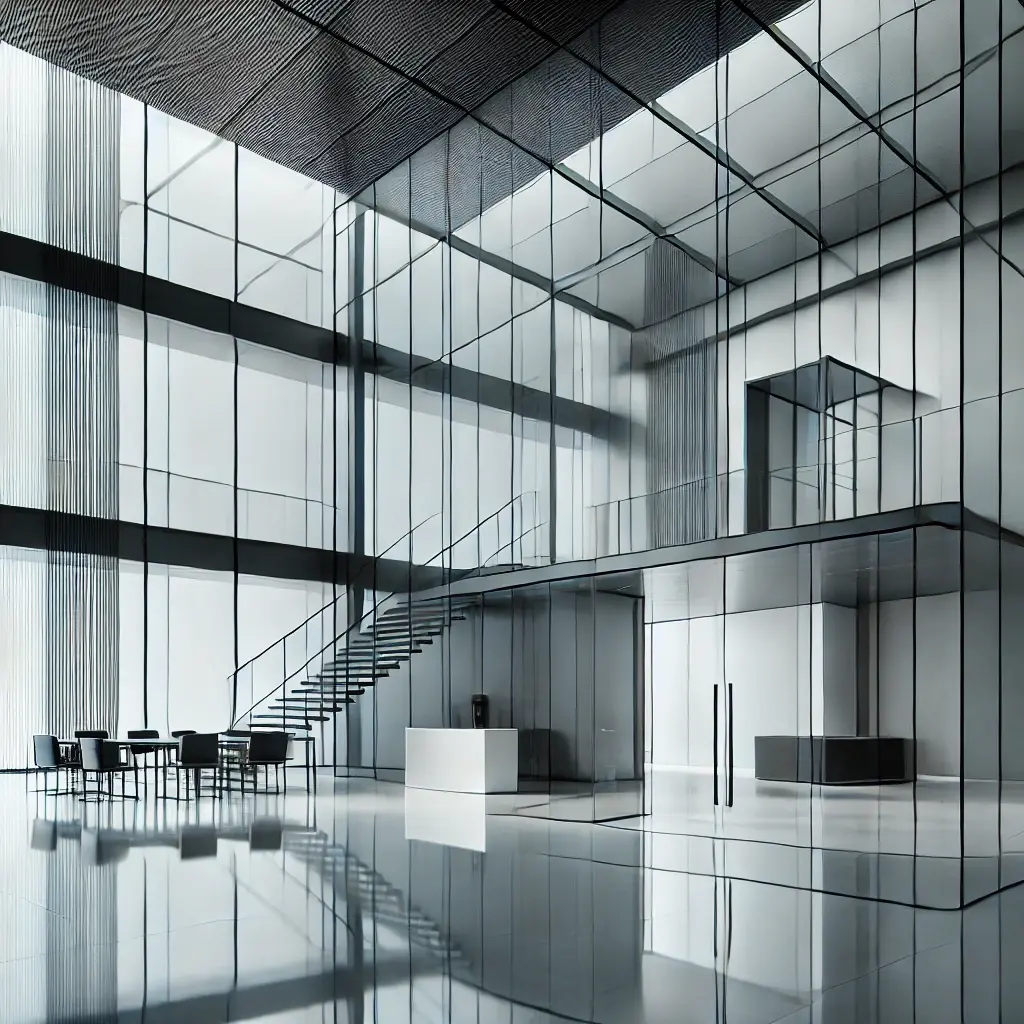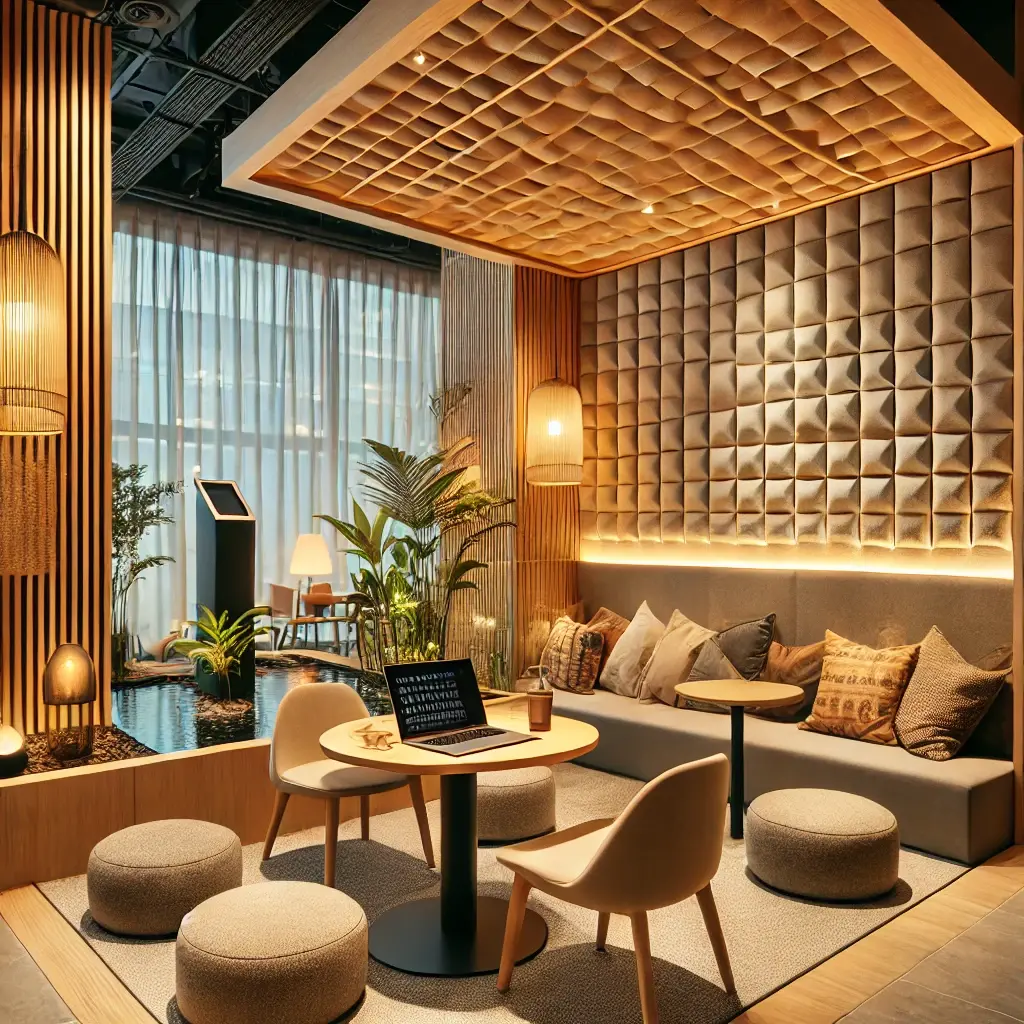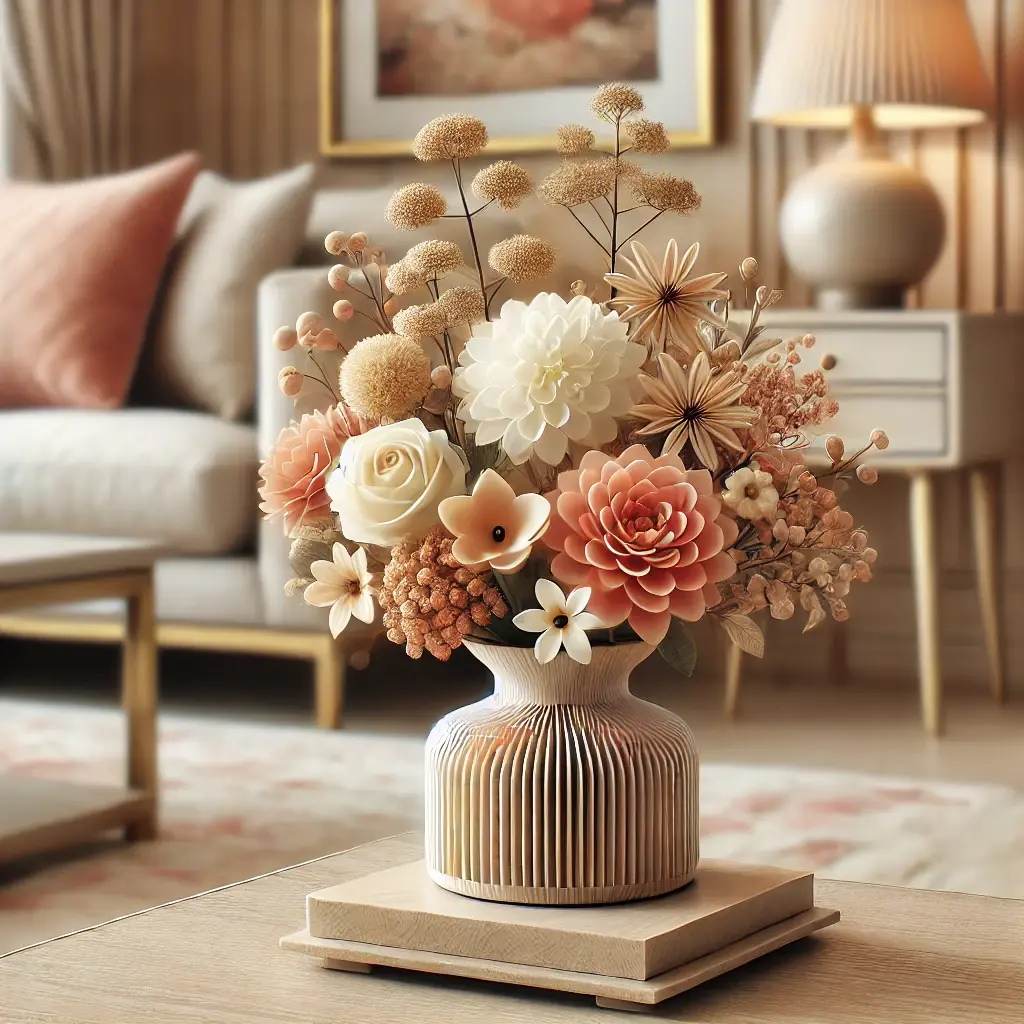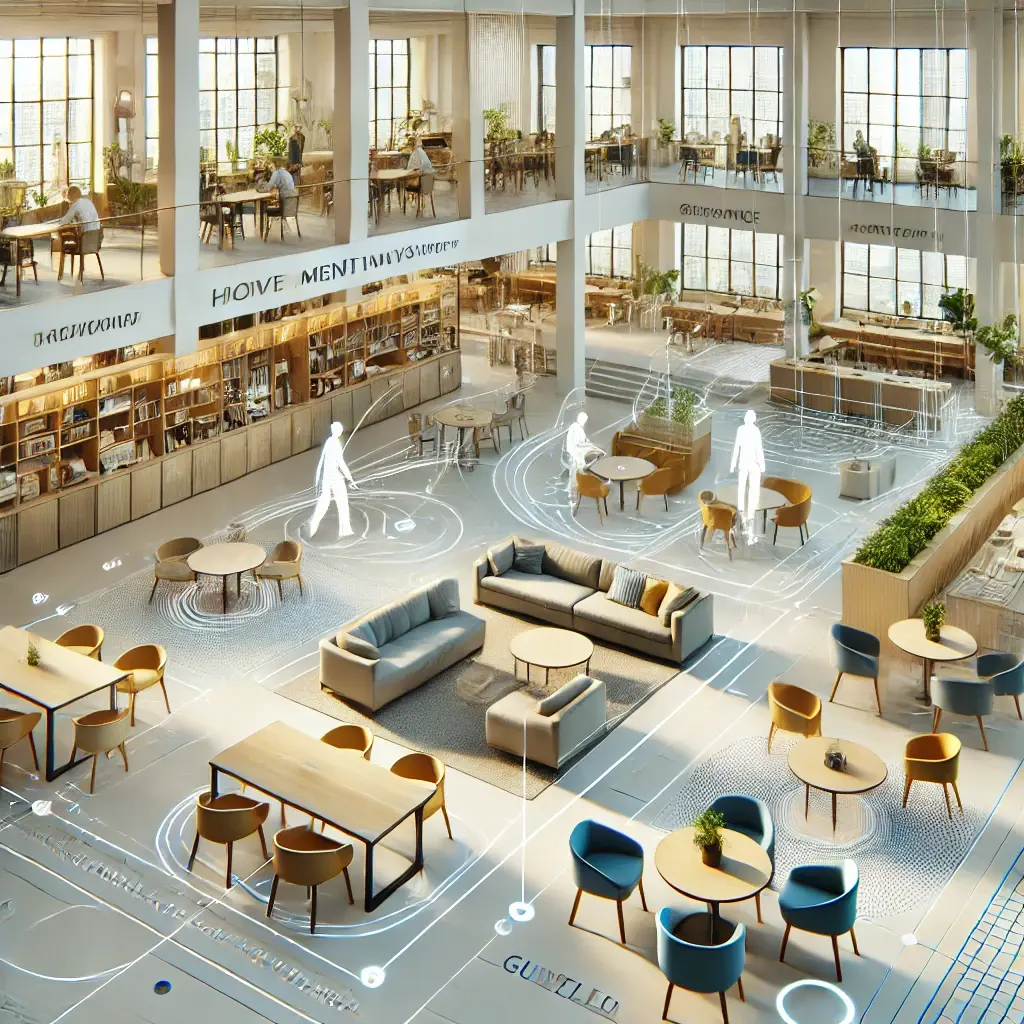Beyond Vision: Designing Spaces That Engage All the Senses

Introduction: The Limitations of Vision-Only Design
Have you ever entered a beautifully designed space that looked impressive but felt strangely lifeless? Modern architecture and interior design often prioritize aesthetics, focusing on clean lines, striking forms, and visual harmony. However, the true essence of a space goes beyond what the eyes perceive. A well-designed environment should engage all the senses—touch, sound, smell, and even movement—to create a deeper, more meaningful experience.

By neglecting the full sensory spectrum, we risk designing spaces that are visually stunning but emotionally hollow. To create environments that truly connect with people, we must move beyond sight and embrace a multisensory approach to design.
Why Design Should Engage All Senses
Touch: The Forgotten Connection

Touch is one of the most immediate and personal ways we experience space. The materials we interact with daily—wood, stone, fabric, metal—shape our perception of comfort and warmth. A smooth marble countertop feels cool and luxurious, while a rough brick wall conveys authenticity and history.
Ergonomic design is also crucial; the way a handrail fits into the palm, the softness of a chair cushion, or the warmth of a wooden floor underfoot can drastically change how a space feels. By incorporating varied textures and materials, designers can create a richer, more engaging environment that invites interaction rather than passive admiration.
Sound: The Invisible Atmosphere

Sound defines the character of a space just as much as its visual elements. A bustling café with clattering dishes and overlapping conversations has a completely different ambiance from a library where sound is absorbed by heavy carpets and books.
Poor acoustic design can lead to discomfort and stress. Large open spaces with hard surfaces often create echoes, making communication difficult. Thoughtful design, using sound-absorbing materials like textiles, wood, or acoustic panels, can enhance comfort. Additionally, incorporating natural sounds—like water features, wind rustling through trees, or curated background music—can transform the mood of a space.
Smell: The Emotional Trigger

Smell is one of the most powerful senses tied to memory and emotion. A well-designed space should consider scent, whether it’s the fresh aroma of wood in a newly built office, the comforting scent of coffee in a café, or the subtle fragrance of lavender in a wellness center.
Retail stores, hotels, and restaurants increasingly use scent to create brand identity and emotional connections with visitors. Even in residential design, incorporating natural materials that emit subtle, pleasant scents—like cedar, leather, or fresh flowers—can enhance the sensory experience.
Movement: Designing for Flow and Awareness

How we move through a space affects our subconscious experience. A well-designed environment guides people intuitively, creating a sense of ease and flow. Poorly planned spaces, on the other hand, can feel disjointed and uncomfortable, leading to frustration or even physical discomfort.
By considering pathways, scale, and spatial transitions, designers can shape movement in a way that feels natural. A café designed with cozy nooks and gradual transitions between seating areas invites relaxation, while an open office with clear sightlines and structured circulation pathways fosters collaboration and efficiency.
The Overlooked Senses in Modern Architecture

While traditional architecture often embraced multisensory design, modern architecture has become predominantly vision-centered. Minimalist spaces emphasize visual clarity, but in doing so, they sometimes strip away sensory richness. Glass, steel, and concrete dominate contemporary design, creating environments that can feel cold and impersonal.
This focus on aesthetics over experience has led to spaces that may look striking in photographs but lack warmth and livability. As cognitive architecture suggests, our environments should not just be seen; they should be felt, heard, and experienced on multiple levels.
Designing for the Future: How to Create Multi-Sensory Spaces

The future of architecture and interior design lies in reintegrating sensory elements without compromising modern aesthetics. Here are some ways to achieve this:
- Material Diversity: Use a combination of textures, from natural woods and soft textiles to rough stone and smooth metal.
- Acoustic Considerations: Design spaces with sound absorption in mind—think rugs, upholstered furniture, and strategic wall treatments.
- Intentional Scent Design: Introduce pleasant scents through natural ventilation, plants, or subtle fragrance diffusion.
- Biophilic Elements: Incorporate greenery and water features to enhance touch, sound, and smell.
- Human-Centered Layouts: Design intuitive pathways and ergonomic spaces that encourage movement and interaction.
Conclusion: A Call for Multi-Sensory Design

Design should not just be seen—it should be felt, heard, and experienced in every sense. By moving beyond vision-centric approaches and embracing a multisensory perspective, we can create spaces that are not only beautiful but also deeply engaging and emotionally resonant.
The question remains: What if the next space you enter was designed to engage all your senses, not just your eyes? How different would that experience be?
